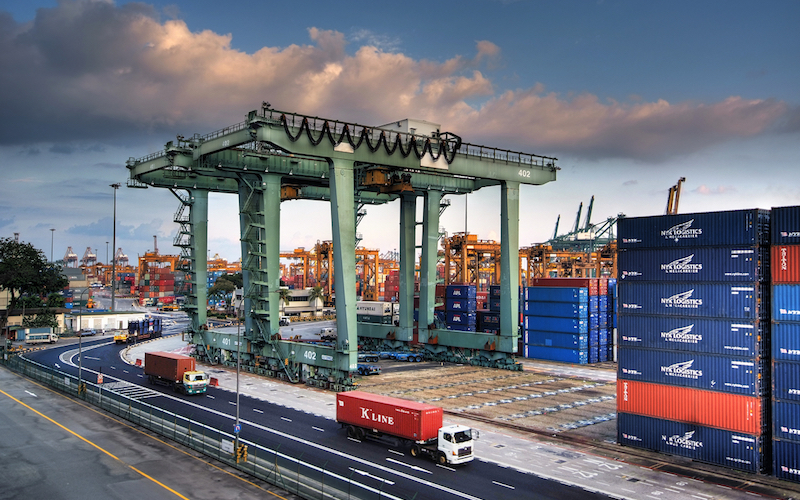
The Bonds of Free Trade
After World War II, the international economic system implemented free trade to promote cooperation between countries and avoid historical protectionist tendencies. More recently, though, trade agreements are becoming more central to foreign policy than ever before: President Barack Obama employs free trade in his foreign policy agenda as a means of strengthening his “pivot” toward Asia, repairing troubled relationships in Europe, and confronting the rise of China.
In Europe, President Obama applies free trade as a diplomatic tool through the Trans-Atlantic Trade and Investment Partnership (TTIP). Accounting for 40 percent of world trade, the deal is designed to drastically reduce trade restrictions with the potential to “boost” both American and European economies. In the political, rather than economic sphere, the Obama administration is using the TTIP as a diplomatic tool to reassure Europe that it remains its most steady partner because Europe is worried it is “becoming less important” to the United States. Consequently, the TTIP cements Europe’s prominence in U.S. foreign policy, even as the United States pursues its much-vaunted “pivot” to Asia.
President Obama has also used the Trans-Pacific Partnership (TPP) as a diplomatic tool in an effort to bolster the United States’ presence in Asia. The TPP is a trade deal in which the United States and 11 countries in the Asia-Pacific region seek to greatly reduce trade barriers.
The TPP is “the centerpiece of our economic rebalancing” toward Asia as it involves some of the United States’ most important economic partners, equaling roughly 26 percent of world trade. Thus, President Obama utilizes the TPP as a mechanism for strengthening U.S. relations and solidifying the American presence in Asia.
Finally, President Obama is using free trade as a means of confronting the shifting balance of power between the United States and China. He intends for the conscious exclusion of China from any of the free trade deals to serve as a reminder that its actions have consequences; the TPP is designed to help ensure that China’s continued ascendency onto the world stage is as peaceful as China has promised. China is the only major player left out of the deal. Opponents warn that the TPP’s “main purpose is to contain China” while proponents, on the other hand, hope the deal will incentivize China to cooperate on contentious issues and guarantee its peaceful throughout the shifting balance.
The pivot toward Asia has been one of the most central foreign policy endeavors of the Obama administration, and the potential of the TPP has helped him secure the United States’ prominence in the region; meanwhile, President Obama has implemented the TTIP as a means of reassuring Europe of America’s commitment. Finally, President Obama has applied free trade in a guarantor capacity in which it can monitor China’s continued climb to global prominence. Thus, free trade agreements are an appropriate tool for accomplishing President Obama’s political, economic and diplomatic foreign policy objectives.
